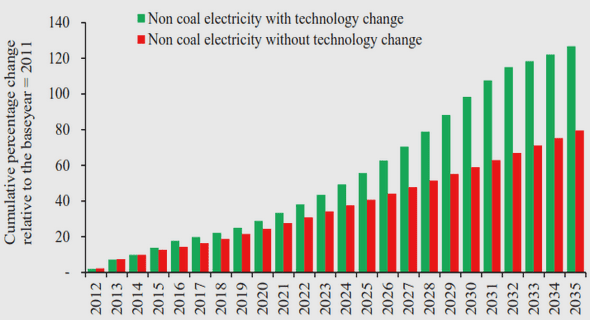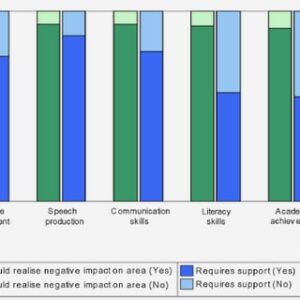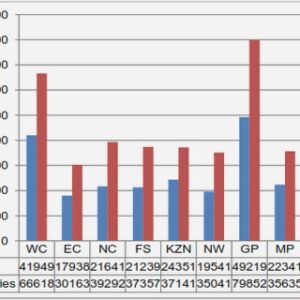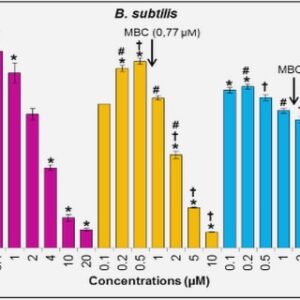(Downloads - 0)
For more info about our services contact : help@bestpfe.com
Table of contents
Introduction
1 Theoretical overview and motivation
1.1 The Standard Model of particle physics
1.1.1 Matter content
1.1.2 Gauge bosons and interactions
1.1.3 The Higgs mechanism and the CKM matrix
1.2 Charged Lepton Flavour Violation
1.2.1 Neutrino mixing and the charged lepton sector
1.2.2 Implications of the Lepton Universality tests
2 The LHCb experiment at the LHC
2.1 The Large Hadron Collider
2.2 The LHCb detector
2.2.1 The Vertex Locator
2.2.2 The magnet and the tracking system
2.2.3 The Cherenkov detectors
2.2.4 The calorimeter system
2.2.5 The muon chambers
2.2.6 The trigger
2.2.7 Real time alignment and calibration
3 Tracking with the SciFi subdetector in the LHCb upgrade
3.1 The LHCb upgrade
3.1.1 Trigger and readout
3.1.2 Particle identification subdetectors
3.1.3 Tracking subdetectors
3.2 Tracking strategy
3.2.1 Track types
3.2.2 Tracking sequence
3.3 The PrHybridSeeding
3.3.1 Overview of the Hybrid Seeding
3.3.2 The x-z projection step
3.3.3 Stereo step and full track selection
3.4 Additional SciFi layers study
3.4.1 Simulated geometries
3.4.2 Adaptation of the Hybrid Seeding to the additional layers
3.4.3 Impact of the layer number on the Seeding
3.4.4 Profiling of the Hybrid Seeding performance
3.5 Alternative seeding algorithms
3.5.1 The projective approach
3.5.2 Layer inefficiencies in the Progressive Seeding
3.5.3 Progressive Seeding refinement and variants
3.5.4 Combined Seeding
4 The B0! K0 analysis
4.1 Analysis strategy
4.2 Dataset and simulated samples
4.2.1 Dataset description
4.2.2 Monte Carlo samples
4.3 B0 mass reconstruction
4.4 Event selection
4.4.1 Trigger selection
4.4.2 Stripping selection
4.4.3 Fiducial region
4.4.4 Multivariate selection against the combinatorial background (BDTAC)
4.4.5 Multivariate selection for candidates (BDTTAU)
4.4.6 Particle identification selection
4.4.7 Daughters mass cuts
4.4.8 Fisher discriminant on isolation variables and flight distance
4.4.9 Vetos
4.4.10 Multiple candidates
4.5 Efficiencies
4.5.1 PID efficiencies
4.6 Background studies
4.6.1 Background yields estimate: the ABCD method
4.6.2 Monte Carlo background checks
4.7 Control channel
4.7.1 Anti combinatorial BDT (BDTAC)
4.7.2 Overall control channel selection
4.8 Systematic uncertainties
4.8.1 Efficiencies
4.8.2 Normalization channel fit
4.8.3 Background estimate
4.9 Limit setting
Conclusions
A Tracking algorithms for the LHCb upgrade
A.1 PrPixelTracking
A.2 PrVeloUT
A.3 PrForwardTracking
A.4 PrHybridSeeding
A.5 PrLongLivedTracking
A.6 PrMatchNN
Bibliography




